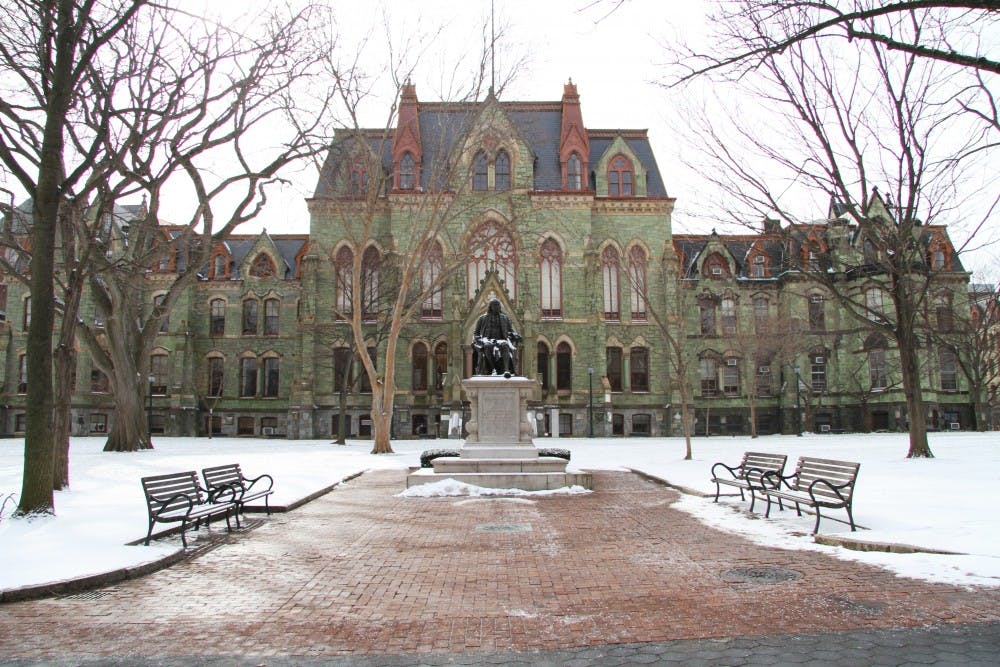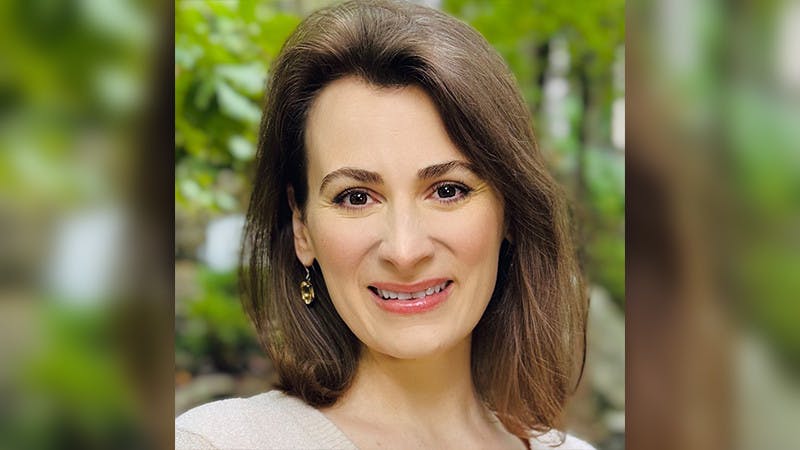
The New York Times recently published an editorial saying that Universities are expending more money toward private equity fund managers than to student aid.
Last year, the article explains, Yale compensated private equity managers with approximately 480 million dollars to manage one-third of Yale’s endowment, roughly 8 billion dollars.
A significant amount of Penn’s endowment is invested in the Associated Investments Fund. Over the past decade, even through the financial crisis, spending support from the AIF for Penn has steadily increased. Expenditures from the endowment provided a budgetary support of 306 million dollars during the fiscal year.
"The argument that university endowments should spend at a significantly higher rates fails to consider that endowments supporting universities are intended to be perpetual institutions," Penn Executive Vice President Craig Carnaroli wrote in an email.
According to last year’s financial report, operating funds directly support roughly 77.3 percent of Penn’s student aid. The remaining 22.7 percent comes from the endowment income. The most significant part of the financial report hones in on the spending policy. The dual-payout rate, established in fiscal year 2009, reinforces Penn’s commitment, with a payout rate of 6.5 percent for student aid and 4.7 percent for everything else.
The purpose of the University’s endowment is to provide stable support for the mission and the many programs offered at Penn. In order to keep the mission on track and support the programs, Penn established an investment and spending program to support intergenerational equity.
"Stewards of these assets must think not only about the interests of current students, but also how the institutions will educate future generations," Carnaroli wrote.
Penn’s 2014 endowment totaled approximately 9.6 billion dollars with an increase of 1.4 billion dollars over the previous year. The University endowment is comprised of well over 6,000 individual endowment funds that benefit many areas of the school, including the health system.
The AIF’s portfolio includes investments in “illiquid” funds, some of which might require Penn to make commitments that will eventually be drawn down and invested. As of last year, the AIF had 1.5 billion dollars in outstanding commitments to private equity, real estate and natural resources partnerships. Also included were absolute return portfolios and certain managers in emerging markets.
The AIF has achieved growth in purchasing power, thanks to Penn’s long-term performance, even after spending. Over time, performance has outpaced the University’s benchmark.
Last year, Penn’s endowment sought to support a wide range of purposes across the University, including research, student aid, instruction, health care and more.
"A prudent spending rate means the endowment can continue over long periods of time to support the purpose for which the gifts were intended," Carnaroli wrote. "Many endowment pools are comprised primarily of gifts where the donor has restricted the purpose, providing the University with no incentive to 'hoard' [money]."
The Daily Pennsylvanian is an independent, student-run newspaper. Please consider making a donation to support the coverage that shapes the University. Your generosity ensures a future of strong journalism at Penn.
DonatePlease note All comments are eligible for publication in The Daily Pennsylvanian.







